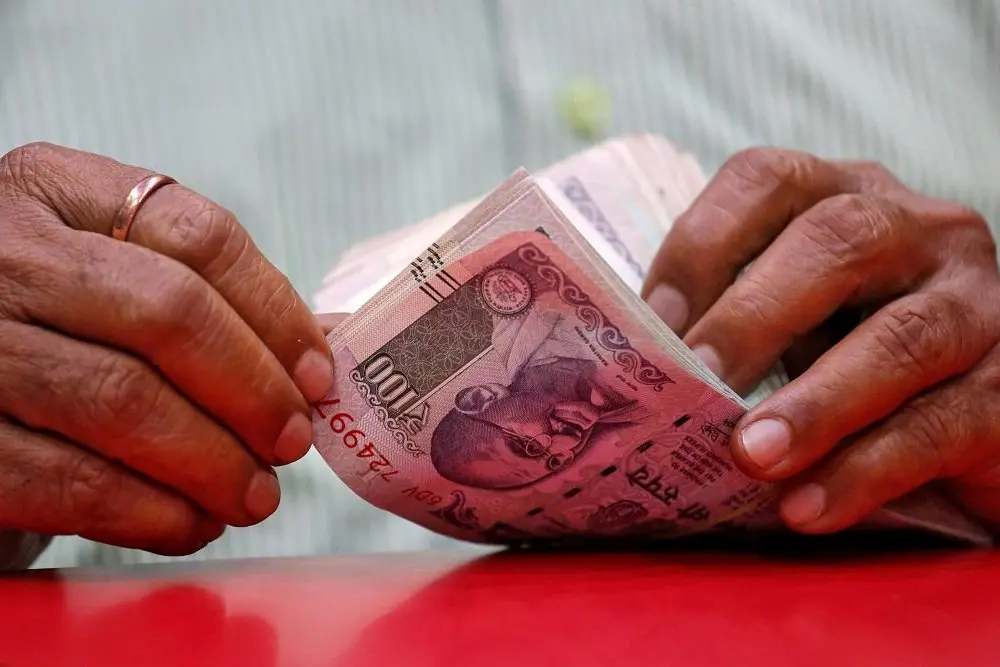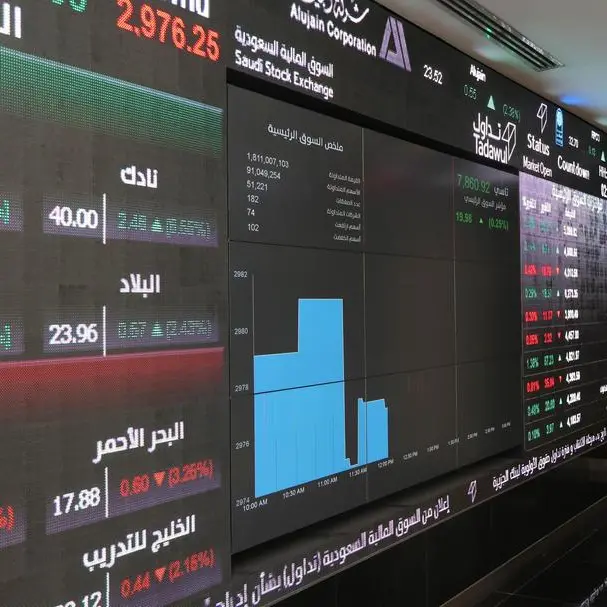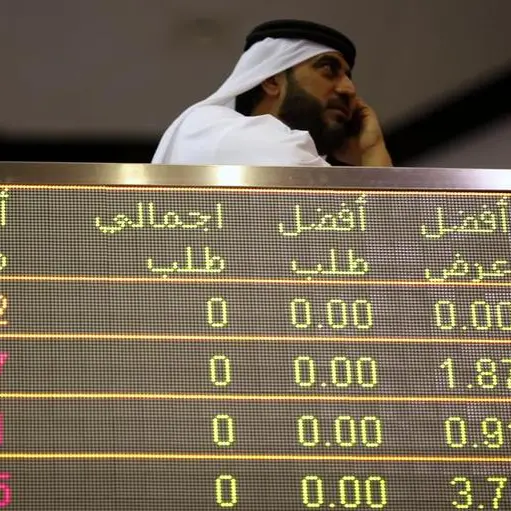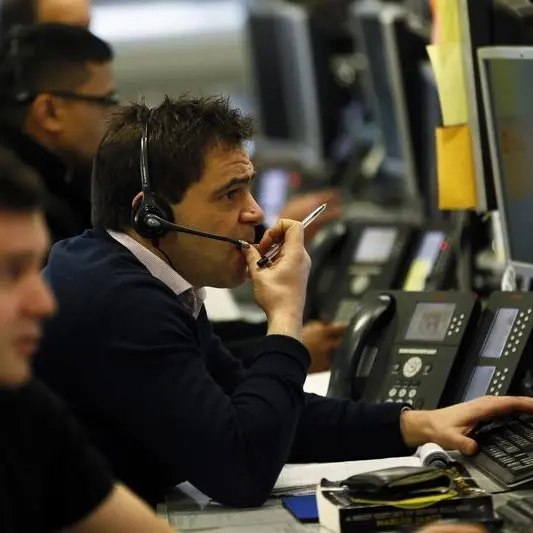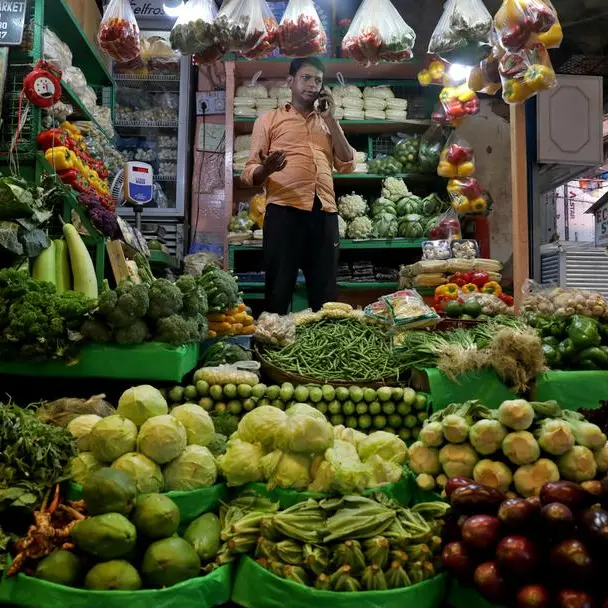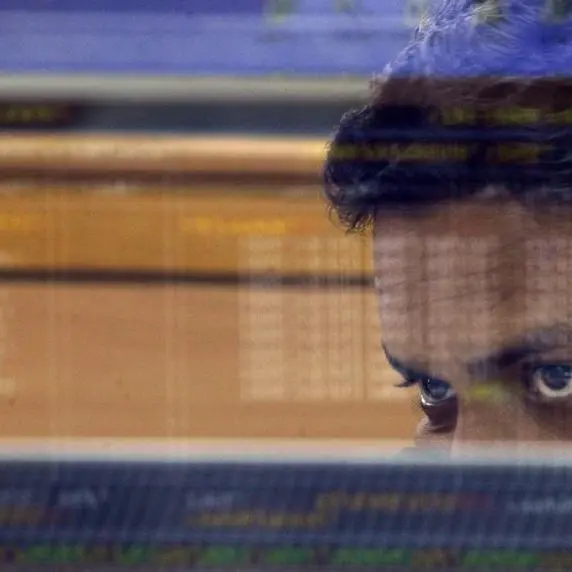PHOTO
MUMBAI - India is holding back a large-calibre weapon against the emerging market rout. Fears of a global trade war, tightening U.S. monetary policy and high energy prices have dragged the rupee to an all-time low, making it the worst-performing major Asian currency this year. Concerns about the integrity of the local shadow banks are giving foreign investors another reason to run. The decision to hold rates at 6.5 percent on Friday acknowledges the limits of monetary policy. Still, another option remains.
The decision not to raise borrowing costs is a surprise, considering the Reserve Bank of India’s inflation-busting mandate. Consumer prices rose only 3.7 percent in August but should soon breach the central bank’s medium-term 4 percent target: crude oil prices are expected to skim $100 per barrel by the end of the year, as U.S. sanctions on Iran bite. In the end, worries about liquidity, after recent shocks in the money market, may have weighed more heavily.
But even higher rates wouldn’t have provided much relief to the currency. Indranil Sen Gupta of Bank of America Merrill Lynch points out monetary policy action was only successful in fending off contagion in 1998 – just one of three serious episodes over the past two decades in which the rupee came under serious external pressure. Other efforts by authorities in recent days to stem the outflow of dollars, including higher import duties on air conditioners and washing machines, will also only help at the margins.
India’s tried and tested heavy-duty option is to sell targeted bonds to the country’s vast diaspora, usually more loyal to the motherland than regular investors. Past issues of such U.S. dollar-denominated paper offered overseas Indians higher returns than they could get in their adopted home markets and without foreign exchange risk. India raised more than $30 billion in this way during the so-called taper tantrum in 2013.
The trick is to know when to fire. India still boasts healthy levels of foreign exchange reserves, allowing the RBI to remain active in supporting the rupee. Plus there is the possibility that the currency could fall further, leading to higher eventual repayment costs for New Delhi. Either way, the central bank still has an arsenal to raid.
CONTEXT NEWS
- India’s central bank kept its key policy interest rate unchanged at 6.50 percent on Oct. 5.
- A Reuters poll conducted between Sept. 19 and 25 showed 35 of 64 economists expected the Reserve Bank of India to raise the main rate.
- The rupee has weakened more than 15 percent against the U.S. dollar so far in 2018, making it the worst-performing major Asian currency.
- On Oct. 1, the Indian government took management control of Infrastructure Leasing and Financial Services after the infrastructure lender defaulted on portions of its almost $13 billion of debt, triggering panic in the local money market.
(Editing by Clara Ferreira-Marques and Bob Cervi)
© Reuters News 2018
